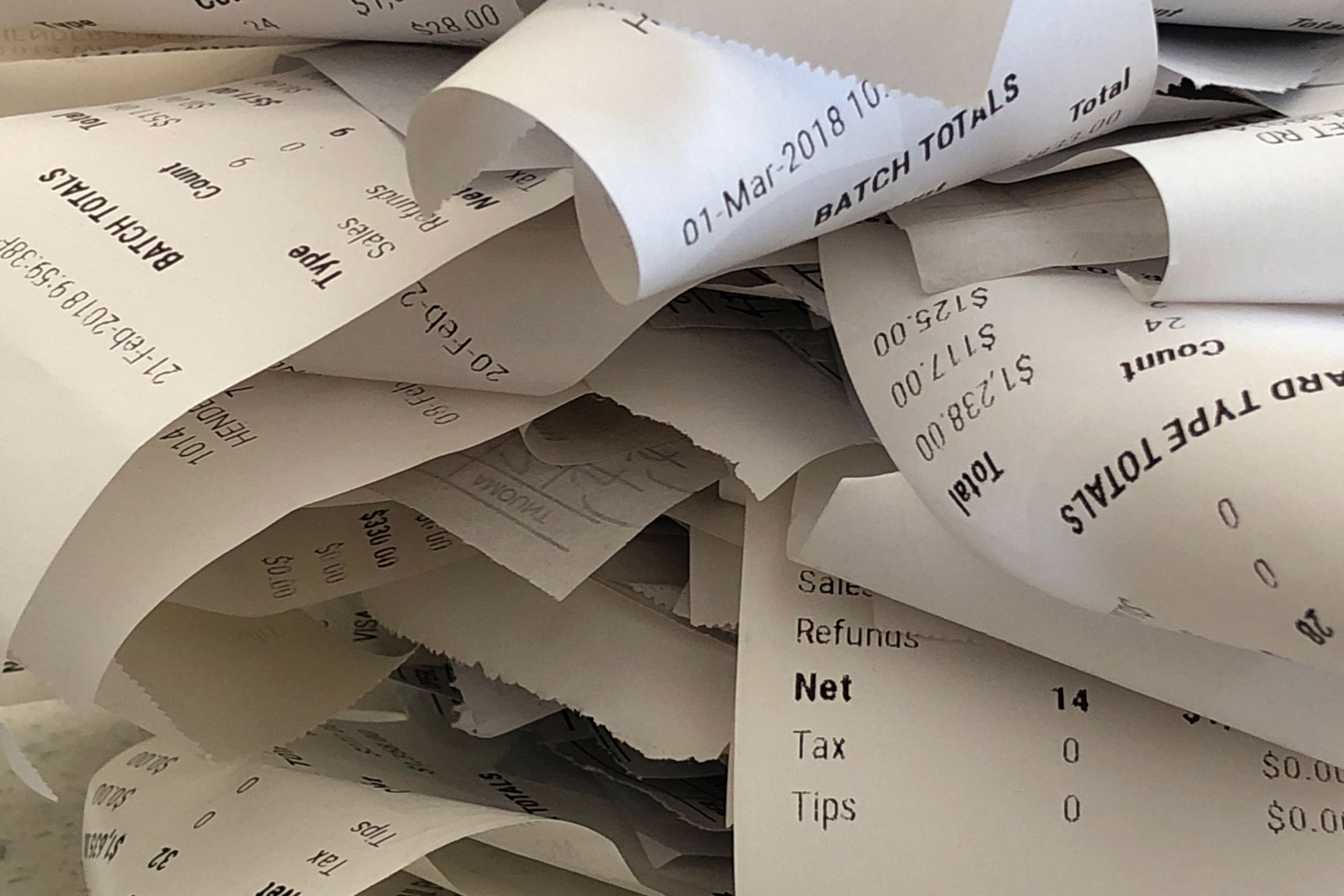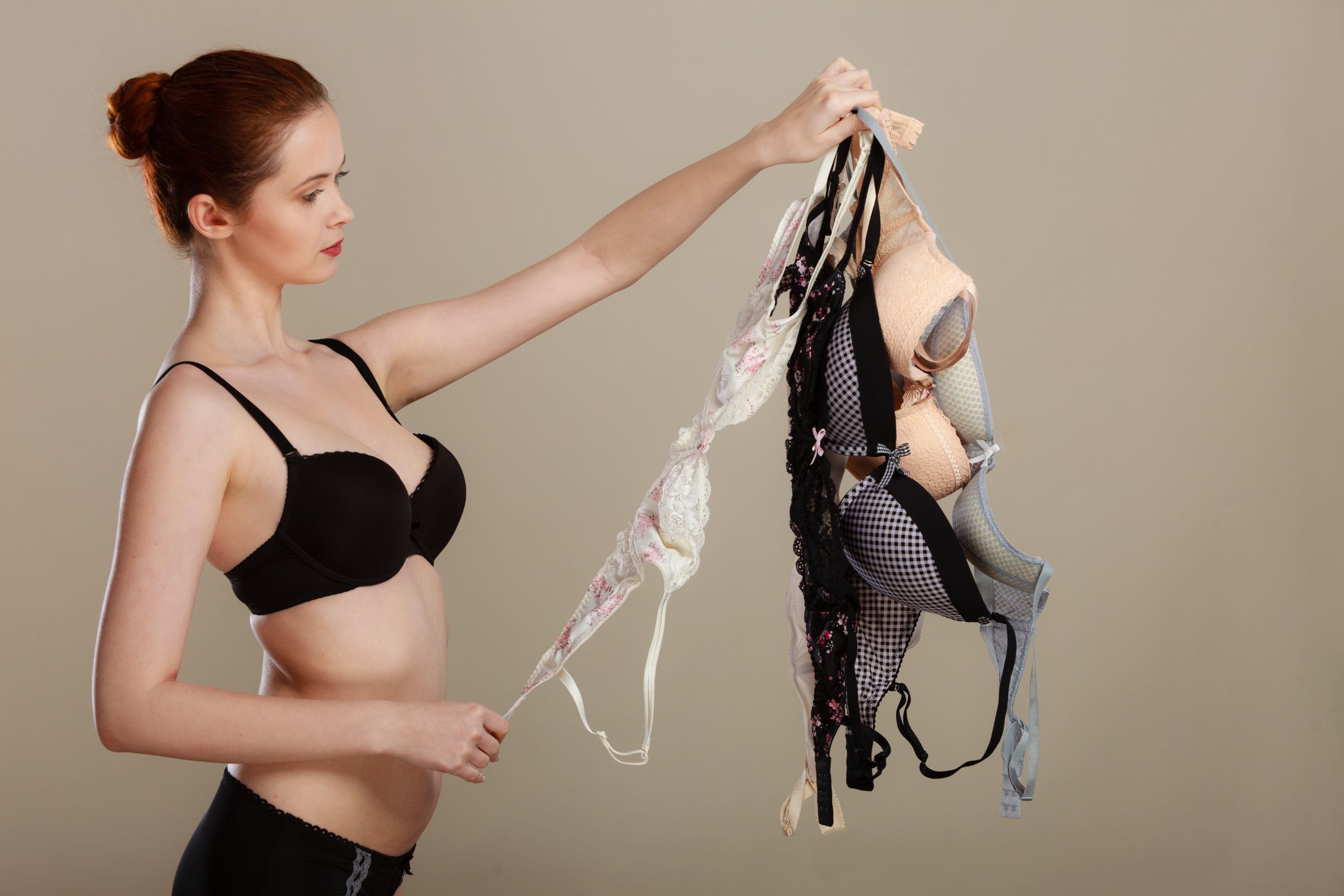Getting Rid of Scrap Cables, Chargers and Wiring – Responsibly
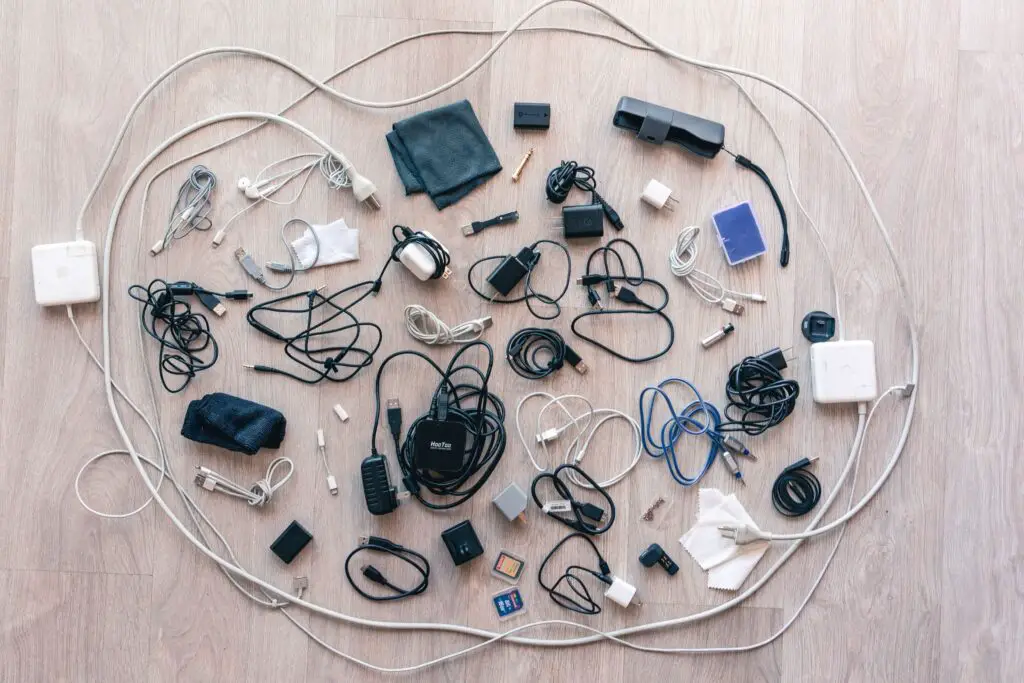
This post was last updated in 2024
Hello there my eco-conscious warriors 😊
Organising our household wires and cabling was one of those things that I constantly pushed aside. In the meantime, the mess grew and grew until I had a tangled mess to deal with. And deal with it I did, relying on some eco-friendly storage and sorting solutions to help me along the way.
But in the end I had a whole lot of wiring I no longer needed. And so I began to explore my options to get rid of them and documented them here.
If you are in the same position, wondering what to do with old charges, scrap cables and wires – do not throw them in the bin. If they are working, give them away on an online marketplace or to a local group. If they are useless you can sell your scrap cables to a scrap metal collector or take them to a Tech Collect or Ecycle collection point for cable recycling.
You can find more information about these options by clicking on the relevant link below:
Let’s get into it 🚀
Get Rid of Unwanted Charges, Cables and Wiring
If you have unwanted charges and cabling that still works, explore your reuse options. You can easily find someone online that would appreciate what you have. However, if they are no good, then look into scrap metal collectors or recycling options.
Breaking this down:
1. Charges, cables and wiring still working
Reuse is a must if these items are still working – metals are extracted from the ground and fossil fuels and other resources are consumed to produce that skinny piece of wire. It isn’t much but it’s something. So please let’s reuse!
But that doesn’t need to fall onto you. You can very easily find someone who can make use of something you don’t need – you don’t need to hold onto items currently cluttering up your home.
And I’m going to say it for the hundredth time – FaceBook Marketplace is your friend. List an item on there for free and before you know it, it’s gone!
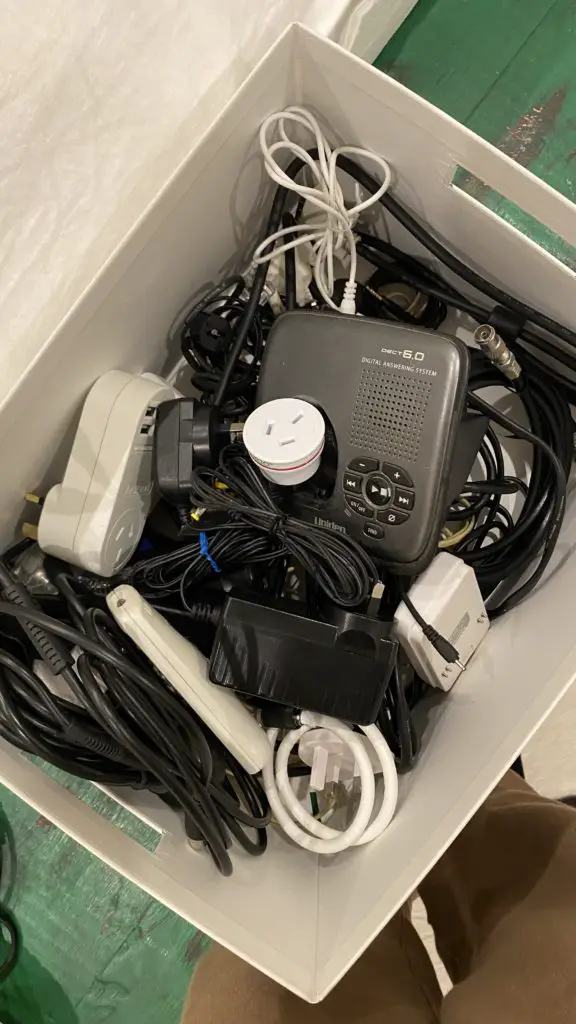
I had a box full of wires that we no longer needed. Listed them on Marketplace for free and in less than 24 hours they were out.
The guy who picked it up was so thankful. He apparently likes to fix up old electronics as a hobby.
Listing them for free is the key to these online marketplaces. You have to remember that these items are sitting in your home collecting dust collecting zero dollars, never being used. Best to give it away to someone who needs it.
Some other options to consider:
- Local reuse centre
- Community learning centre
- Your local school
- Buy nothing groups
You would need to contact reuse centres, learning centres and local schools to make sure they will take what you have to offer. But it is worth a try, especially if you don’t have many people on Facebook marketplace in your area.
Selling these items on marketplaces is not a viable option in my experience. While I have not tried it myself, I have enough experience on Facebook marketplace to know they won’t sell well.
2. Charges, cables and wiring no longer working
When it comes to cabling that is no longer working, it is best to recycle them. It is possible to recycle electrical cables and recycle electrical cords – even if the metal wire is covered in plastic and attached to other non-metallic components.
And you could earn some money recycling your scrap wire – depending on the wiring you have on hand.
More information on selling and recycling is provided below.
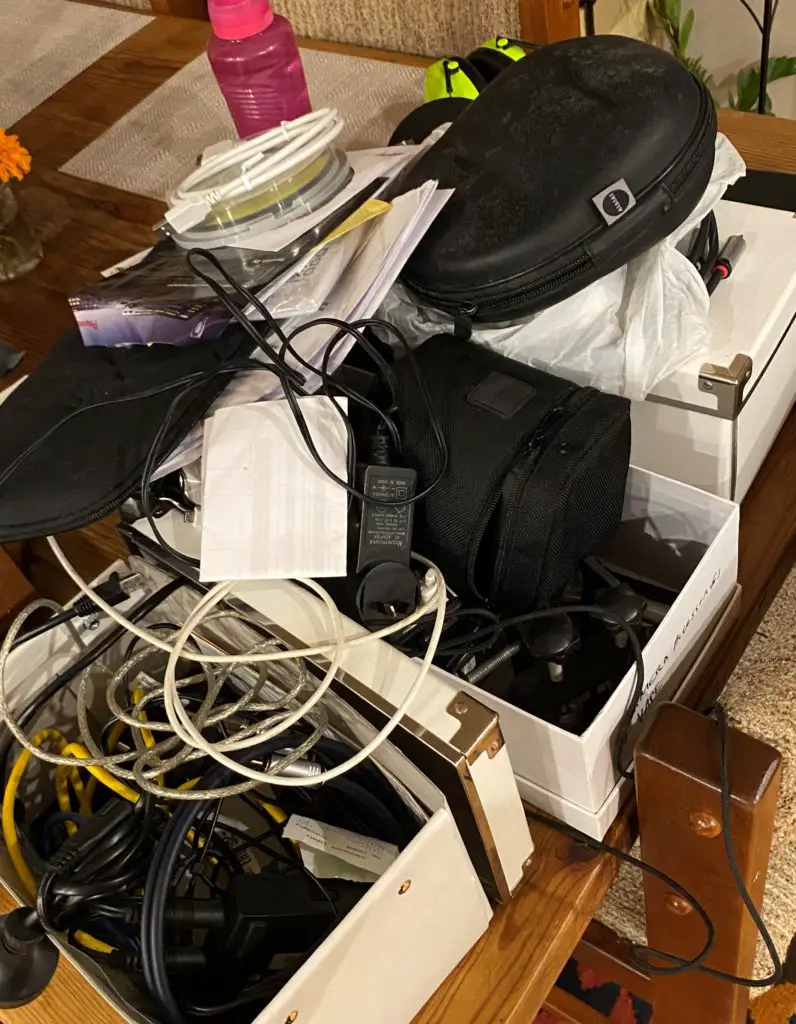
Sell Unwanted Cables, Chargers and Wiring
If you are looking to sell unwanted cabling, chargers and wiring, you can sell them to scrap metal collectors. However, it is only worthwhile if the cabling contains copper. The price for scrap copper wire can vary. Typically, bare bright stripped copper wire will fetch you the highest price while insulated wire fetches the lowest price.
What does all that mean? Bare bright? Stripped copper wire?
1. Copper Grades
Here is a summary and some pictures of different copper grades commonly referred to when talking about copper recycling:
| Copper Grade | Description |
|---|---|
| Bare bright | This is clean, unalloyed, uncoated copper. Often this is referred to as stripped copper since it is stripped of any insulation. Also referred to as “bright & shiny copper,” since it is exactly that. It is no thinner than 16 gauge in thickness. It must be free from any paint, impurities or signs of tarnishing. This includes any visible oxidation. Very negligible amounts of patina on the copper are allowable. |
| Grade 1 | This is clean, unalloyed copper without any attachments or contaminants. The wire needs to be at least 1/16th of an inch in diameter. It should also be clean in appearance, unalloyed and uncoated. Trace amounts of oxidation on the tubing are generally acceptable. It differs from bare bright in that its not so bright! |
| Grade 2 | This is copper with a bit of tarnish or oxidation. It can have some light contamination but should be mostly clean. Includes miscellaneous unalloyed wire, pipe or solid metal that continues to have solder, paint or any kind of coating on it. Its minimum copper content should be 94-96%. The wire must be bare of insulation and be thinner than a 16th of an inch in diameter. |
| Insulated Grade 1 | This is copper wire or cable which is clean, unalloyed, uncoated and untinned. It should also be plastic insulated, of 16 gauge thickness or larger, with all ends cut off. Though insulation does not need to be stripped, if it were the wire within should closely resemble ‘bright & shiny’ copper wire. |
| Insulated Grade 2 | This copper consists of unalloyed wire – thinner than 16 gauge – which includes plastic insulation. This grade generally covers many common types of telecommunications wiring as well as electronics such as outlet and extension cords. Some coatings on the scrap, such as tin and nickel for example, as well as some degree of corrosion, will also meet the classification. |
Source: https://scrapnews.recycleinme.com/newsdetails-623.aspx, https://www.melbournemetalrecycling.com.au/domestic/different-scrap-copper-grades-that-can-be-recycled/, https://www.asm-recycling.co.uk/blog/understanding-grades-of-copper-scrap/
2. Stripping
The most valuable wire type is the non-insulated kind. So most people like to stripe their cabling. This means getting the cabling and wires you have down to the base metals.
This involves:
(1) Removing insulation: For wires, the cleaner, the better. You could invest in a wire stripper (very expensive!) but a utility knife works just as well. Just takes a bit of time that’s all.
Here is a YouTube video showing some impressive hacks to help you strip your cabling quickly and easily:
(2) Separating Alloys: If you have mixed-metal items, like brass or aluminium attached to copper, you would want to separate them. Sorting your metals ensures you get the best bang for your recycling buck.
Sounds like too much work?
I agree!
Now, you could just hand over insulated wire to your scrap metal collector – but you won’t get much money for that (more on that below). Still that is an option – you don’t have to strip your wires when you take them to a scrap metal collector.
Here are some extra tips if you do want to go that extra mile and get the best price possible when selling scrap copper cables:
- Quantity is king: The more you have the better as copper cable scrap prices are set by the tonne. Saving your cabling to sell to scrap metal collectors is going to be worth if you have a sizable amount on hand.
- Quality matters: The grading noted above is not so much about the copper itself but about the level of contamination. So scrap metal recyclers have a lot of leeway when it comes to setting a price. They will make a judgment call after examining what you have to offer. Contaminants like solder, paint, or other materials can lower the value of your copper. So the cleaner you get it, the better. Give it a quick wipe-down if needed.
- Shop Around: Prices can vary between recyclers. Shop around if getting the best price possible matters to you. Some recyclers advertise a price guide online but often they give price ranges that can get confusing. It is easier to call around and ask.
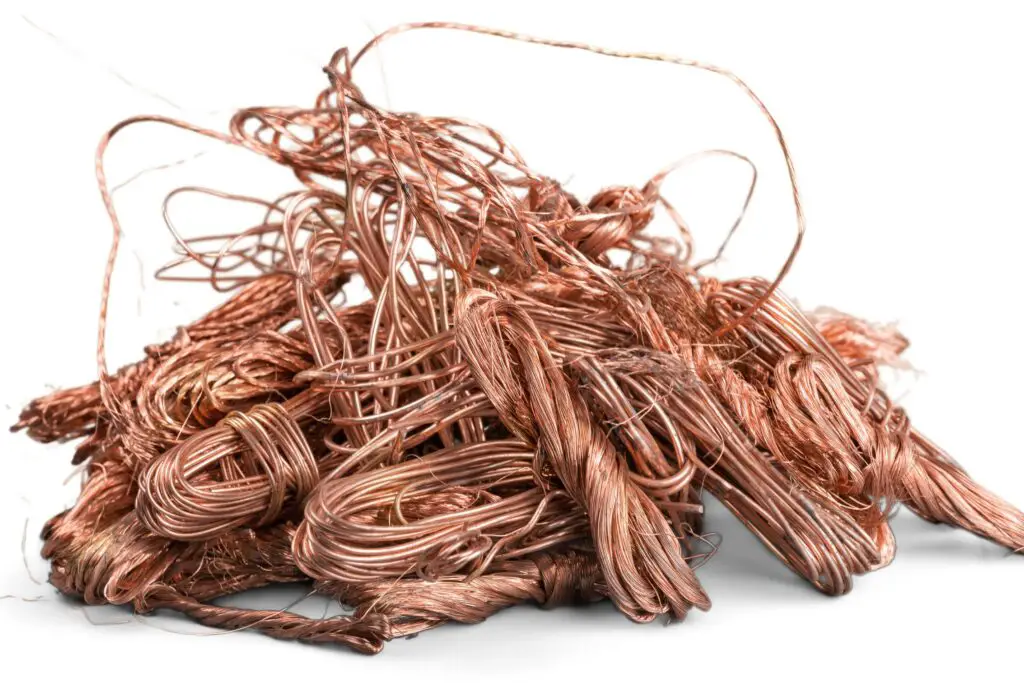
Scrap Cable Prices
As mentioned, the price you get for copper wire can vary widely with bare bright earning you the most and insulated copper wire scrap price being the absolute lowest you can imagine. Based on a review of prices offered by scrap metals recyclers, prices can vary from $1 per kg to $12 per kg.
This is as of February 2024.
And yep, that is pricing by the kilo. Scrap cable prices are the worst if your cabling is unstripped. A whole kilo of scrap unstripped wiring could get you one measly dollar.
This is why I say you want to have a lot on hand for this to be worthwhile and it’s not worthwhile if your wires are unstripped.
Does that mean there is no point in considering copper wire recycling?
Well of course not! Even though you won’t earn money from it, please take steps to ensure these valuable metals are recycled.
If they are sitting around cluttering up your home, why not give them away to a scrap metal collector? Hand them over, unstripped and as they are and let them do their thing..
Alternatively, check out the easy recycling options noted below.
Easy Recycling Options for Cabling and Wires
There are some easy options for copper cable recycling and to recycle power cords. Australia has two major organisations coordinating the recycling efforts in this space – Tech Collect and Ecycle. Both offer collection services through popular stores like Officeworks, Harvey Norman and JB HiFi.
Here’s more info on those two organisations:
(1) Tech collect – go to their website and search their list of Officeworks stores and local councils that they have partnered with to collect e-waste https://techcollect.com.au/our-locations/
(2) Ecycle solutions – go onto this website to search their list of retail stores like Harvey Norman, JB HiFi and The Good Guys, who collect e-waste on their behalf https://ecyclesolutions.net.au/drop-off-locations
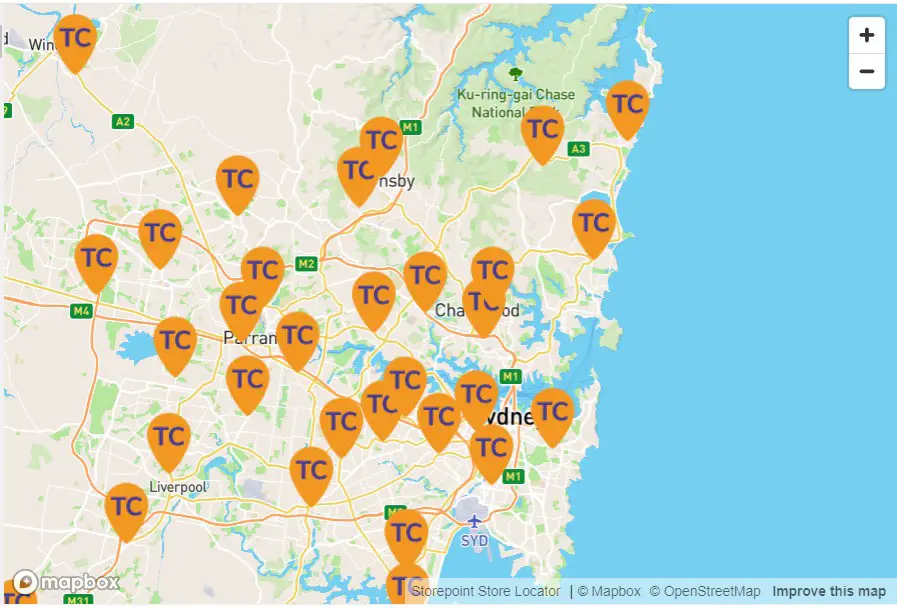
Items commonly accepted by Tech Collect include:
- Personal and laptop computers and all cables
- Tablets, notebooks and palmtops
- Computer monitors and parts (e.g. internal hard drives and CD drives)
- Computer peripherals and accessories (e.g. mice, keyboards, web cameras, USBs)
- Printers, faxes, scanners and multi-functional devices
- All televisions
While they only mention computer cabling, I believe they can also deal with other types of cabling, for phones and other personal electronics (I’m basing this on the fact that the Officeworks website states they accept “cables and chargers” in general, so I am sure it is okay to take all kinds of wiring to any of the Tech Collect points).
Ecycle does not list wires or cabling as something they accept, however, if you go to a Harvey Norman. JB or Good Guys store, they will tell you that you can bring in your old wiring for recycling.
Don’t want to go searching through two different websites? Then check out the Recycling Near You website. It lists a lot of the collection locations offered by both Tech Collect and Ecycle, so you can search easily on one website, based on your suburb or postcode: https://www.recyclingnearyou.com.au/ewastescheme/
Plus, the Recycling Near You website may list some other local e-waste recycling companies that will take your unwanted cables so it’s worth while checking this out.
Remember – only recycle items that are no longer working. Anything in working order can be reused by someone who needs it.
Cables in Landfill
You could throw unwanted cables, wires and chargers in the bin but that would be a waste of a valuable resource. Instead, consider the options covered in this blog post – give them away for reuse, sell them to a scrap metal collector or take them to an e-waste collection point near you. Your local Officeworks is the best place to go.
As metals can be expensive to mine and produce, ensuring these items are reused or recycled is a valuable and worthwhile exercise.
It is through these conscious actons we can collectively work towards a more sustainable future 🌎
xxx Tahsin
A Heads Up: This posts contains affiliate links that may earn me a small commission at no additional cost to you. Also as an Amazon Associate, I earn from qualifying purchases. I only recommend products and services that will help you take steps towards a more sustainable life and will never recommend anything that does not align, in some way, with these values.


